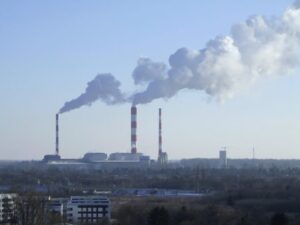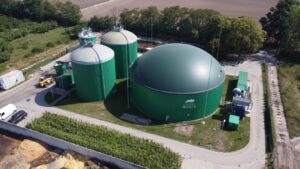The negotiations on the shape of the EU ETS post-2021 are coming to an outcome and Central Europe Energy Partners wants to seize the momentum and underline that the energy transition should be pursued in a cost-effective manner and according to the technology neutrality principle. This will allow different market participants to find sustainable business models and reconcile climate and economic objectives. The negotiations should be finalised swiftly to provide a sufficient degree of certainty for all market participants.
We took note of the fact that the Council and the Parliament decided to double the in-take ratio of Market Stability Reserve (MSR) from 12% to 24%. Hence, with a doubled MSR in-take ratio and an increased linear reduction factor (LRF), the power sector of Central European Member States will have to bear additional substantial compliance expenses (i.e. Croatia EUR 1 bln, Estonia, EUR 1.7 bln, Poland EUR 65 bln, Romania EUR 15 bln). Moreover, combined with the new environmental standards imposed by BAT conclusions for large combustion plants, it will inevitably translate into soaring costs for the power and energy-intensive sectors in Central Europe.
To achieve a fair energy transition, an increase of climate ambitions should go hand in hand with the mitigation of higher costs for lower GDP countries. This must be the core principle of the EU ETS reform.
Therefore, we call for:
- Increasing the Modernisation Fund sourcing from 2% to 4% as well as the application of the simplified decision-making process (laid down in the Article 10d(1a) of the Council’s amendments to the proposal) also to the highly efficient cogeneration plants and during the early adaptation to the future environmental standards of it.
- Ensuring the possibility (up to the eligible Member States’s decision) to:
- transfer the national volume of allowances from free allocation to the Modernisation Fund;
- transfer the national amount of allowances distributed for solidarity and growth within the Union to support investments within the framework of the Modernisation Fund.
- Increasing the free allocation of allowances under Article 10c from 40% to 60% of auctioning volumes;
- Making benchmarks more conforming to reality; all waste gases used for electricity production should be taken into account in the process of the establishment of benchmarks;
- Unification of rules of granting compensation for indirect costs of EU ETS. Such measures shall be regulated at the level of the EU, without any additional discretion at the Member States’s level. The current situation causes serious discrepancies in terms of competitivity of industrial companies in different Member States and leads to a race for subsidies.
We believe that the implementation of these proposals in the final trialogue agreement will meet the spirit of the reform, while reinforcing the modernisation process of the industry and power sectors in Central Europe, leading inevitably to significant decreases of GHG emissions.








